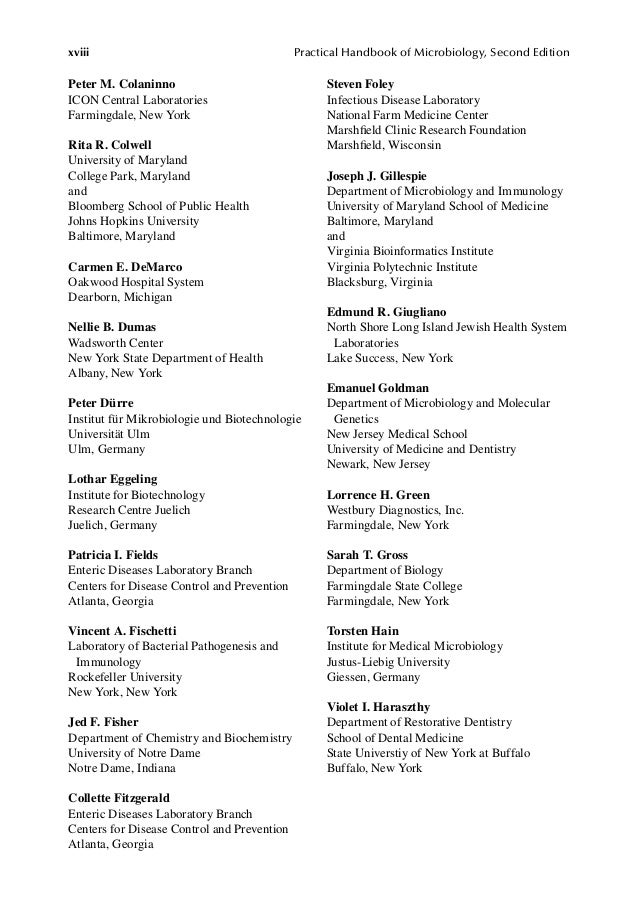Clinical Laboratory Microbiology A Practical Approach Pdf Editor


Second Edition. Oxford University Press, Oxford, UK, 2004. ISBN 0-19-963779-2 £80.00 hardback, 0-19-963778-4 £40.00 paperback. The first edition of this book was published in 1989, and so this second edition is timely.
Medical availability and clinical practice varies across the world due to regional differences in culture and technology. Modern scientific medicine is highly. Syphilis is an infection caused by the bacteriumTreponema pallidum. Most new cases of syphilis are sexually acquired. The clinical manifestations depend upon the.
Published by Oxford University Press, it is part of their Practical Approach series. It is designed to be a ‘perfect bench companion, both for the novice in clinical microbiology, and the experienced microbiologist’. The first six chapters cover each of the main clinical sites of infection, and correspond in many laboratories to their main benches, such as urine, genital tract and intestinal disease.
We’re dedicated to reader privacy. We have only 150 staff but run one of the world’s top websites. But we still need to pay for servers and staff. Sri lanka national anthem tamil mp3 song free download. We never accept ads.
Later chapters deal with antimicrobial susceptibility testing and assays, laboratory computing, quality assurance and the investigation of outbreaks. There are four useful appendices with detailed methods for staining, culture media, biochemical tests and an example of an epidemiological questionnaire. Each chapter has one or two different authors, which provides a variety of style and detail. The potential bias from the personal preference of the authors is only rarely apparent. The editors recognize that Medical Bacteriology cannot cover all available methods, and it is to be expected that there will be some gaps. I would have preferred more information on the place of nucleic acid testing within relevant chapters; for example, there is only a passing mention of PCR testing for Mycobacterium tuberculosis.
Also, the section on culture of specimens from patients with cystic fibrosis is only a brief summary. Each chapter includes several Protocols, usually on half pages, listing the detailed chronological steps required. Some chapters also include instructions for specimen collection.
These are clearly laid out and will be very helpful when writing laboratory standard operating procedures (SOPs). The chapter on antimicrobial susceptibility testing includes comprehensive details of the methodology of disc diffusion testing, by both Stokes and BSAC methods. MIC determinations by agar and broth dilution are covered in detail, with a short section on breakpoint methods. There are useful summaries of ‘Expert Systems’ and the relevance for clinical epidemiology. Given the current clinical problems with extended-spectrum β-lactamases (ESBLs), I would liked to have seen more information on when testing for ESBLs should be performed, and the clinical implications for choice of antibiotic therapy. The chapter on antimicrobial assays from Southmead Hospital is a fitting tribute to one of the authors, Les White, who died during the preparation of this book.